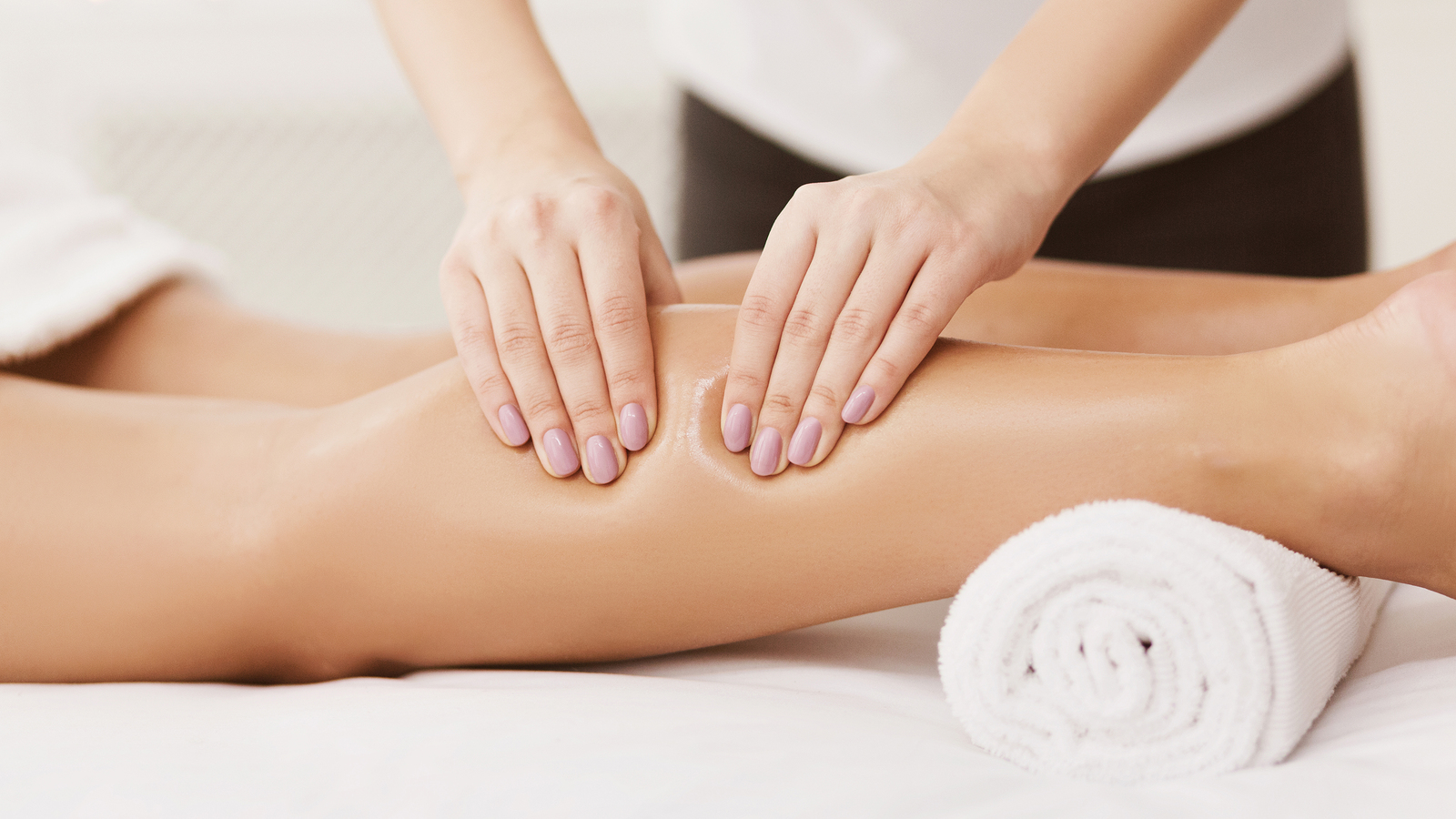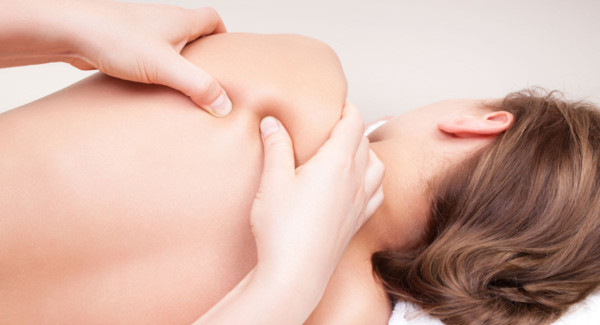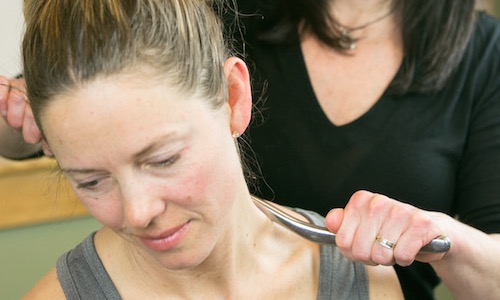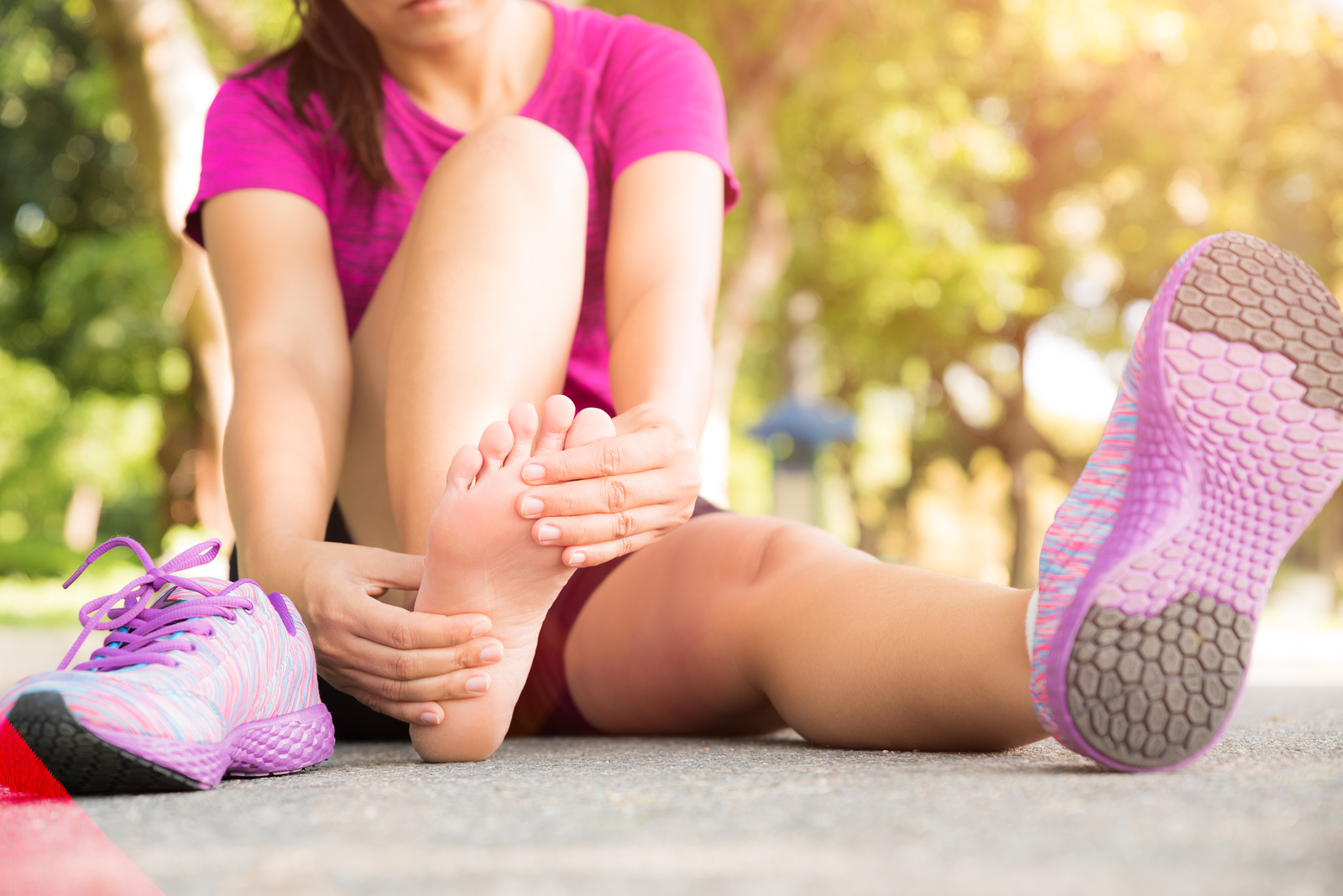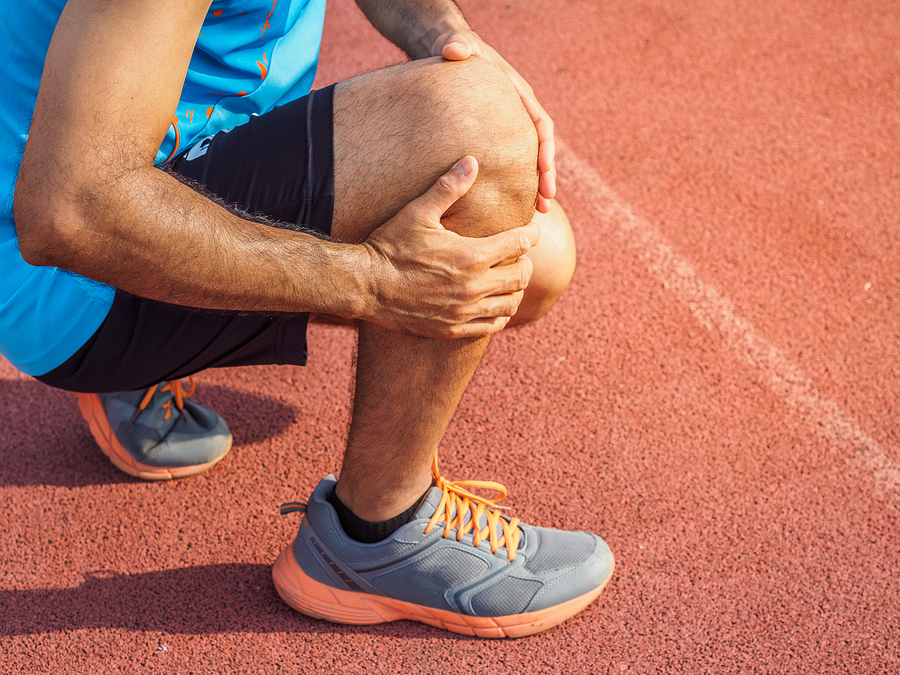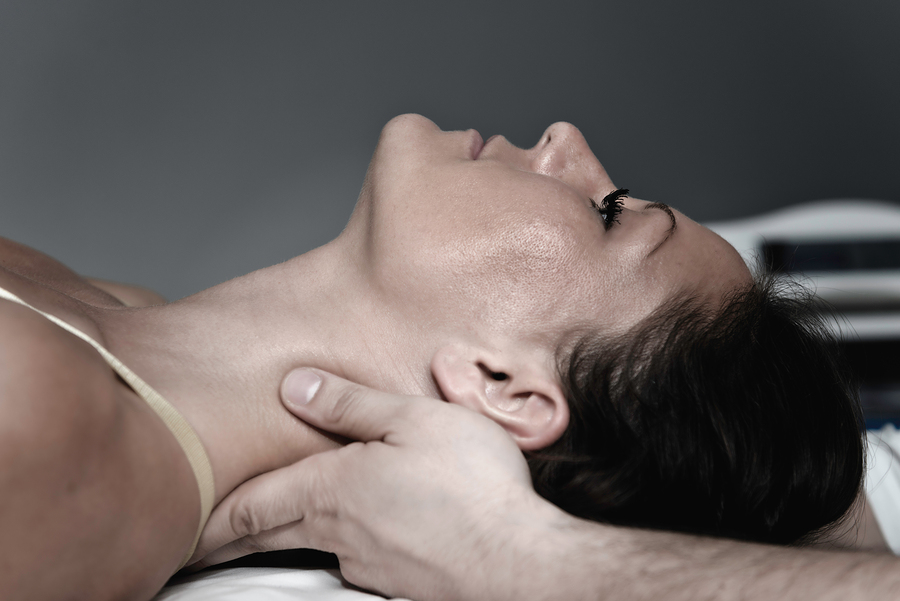Should You Book a Deep Tissue or Sports Massage?
Massage promotes relaxation and calmness of the mind, but it also acts as therapy for the body by releasing tight muscles and improving mobility through touch and manipulation of soft tissue. Two of the most common types of massage are deep tissue and sports massage. Although there are similarities between the two types of therapeutic massage, we’re giving the rundown on sports massage vs deep tissue to help you determine the best massage therapy for your needs.
Deep Tissue Massage
Deep tissue massage therapy focuses on full-body relaxation by applying more pressure on the deepest layers of muscle tissue. The deep tissue massage technique relieves small, newer areas of muscular tension in the tissue and break up adhesions in the fascia (the connective tissue surrounding your bones, muscles, and joints.)
Patients prefer deep tissue massage therapy for its many benefits:
- Muscle relaxation
- Reduced chronic pain
- Lower stress levels
- Decreased tension in the upper back, shoulders, and neck
- Pain relief in lower back and relieves muscle tension
Sports Massage
Sports massage caters to athletic patients of all types, professional, collegiate, and high-school level players – even people who exercise regularly and have an active lifestyle. Sports massage therapy is a more focused deep tissue massage and may focus on a certain area of the body. It uses a combination of deep and light modalities to loosen muscle knots, improve blood flow, and prevent lactic acid buildup.
A licensed massage therapist will evaluate your posture, the physical demands of your particular sport, and past sports injuries. Your sports massage therapist can concentrate on the areas of your body that are overworked or stress from aggressive and repetitive movements.
Sports massage techniques use deep tissue and stretching movements on the muscle-tendon junctions to provide certain advantages to enhance athletic performance:
- Pre-game warm-ups and post-game cooldowns
- Heal and prevent sport injury
- Improving flexibility
- Quicker recovery time between games
Sports Massage Vs Deep Tissue
For many people, these two massage treatments seem very similar, but depending on your lifestyle, you may benefit from one more than the other.
Unlike the deep tissue massage, the sports massage technique mainly focuses on the areas most vulnerable to injury or stress as well as older and larger areas of built-up tension. For example, runners may need more work on their legs, while baseball pitchers may benefit from a shoulder and arm focus.
The main difference is that with the deep tissue massage, you receive full-body therapy to relieve new areas of pain in your muscles and tissues.
However, both massages apply deep and firm pressure, which may cause slight discomfort.
Choosing the Right Service
If you’re deciding between these two services, then there are a few questions to ask your massage therapist that may help you choose the best option:
- I used to play sports, but I haven’t in years. Which massage is best for relieving the tightness I still have from my time playing?
- Can I get a deep tissue massage that concentrates on one area, or do I have to get a sports massage for targeted areas?
- I experienced whiplash recently, should I get a sports massage session to heal the injury, or am I better suited for deep tissue?
Regular massage therapy and chiropractic care can help heal and repair sore and tired muscles and lower your likelihood of general muscle strains and sprains. Your massage therapist will be able to answer any questions you may have and help you determine the best treatment options for your specific issues.

